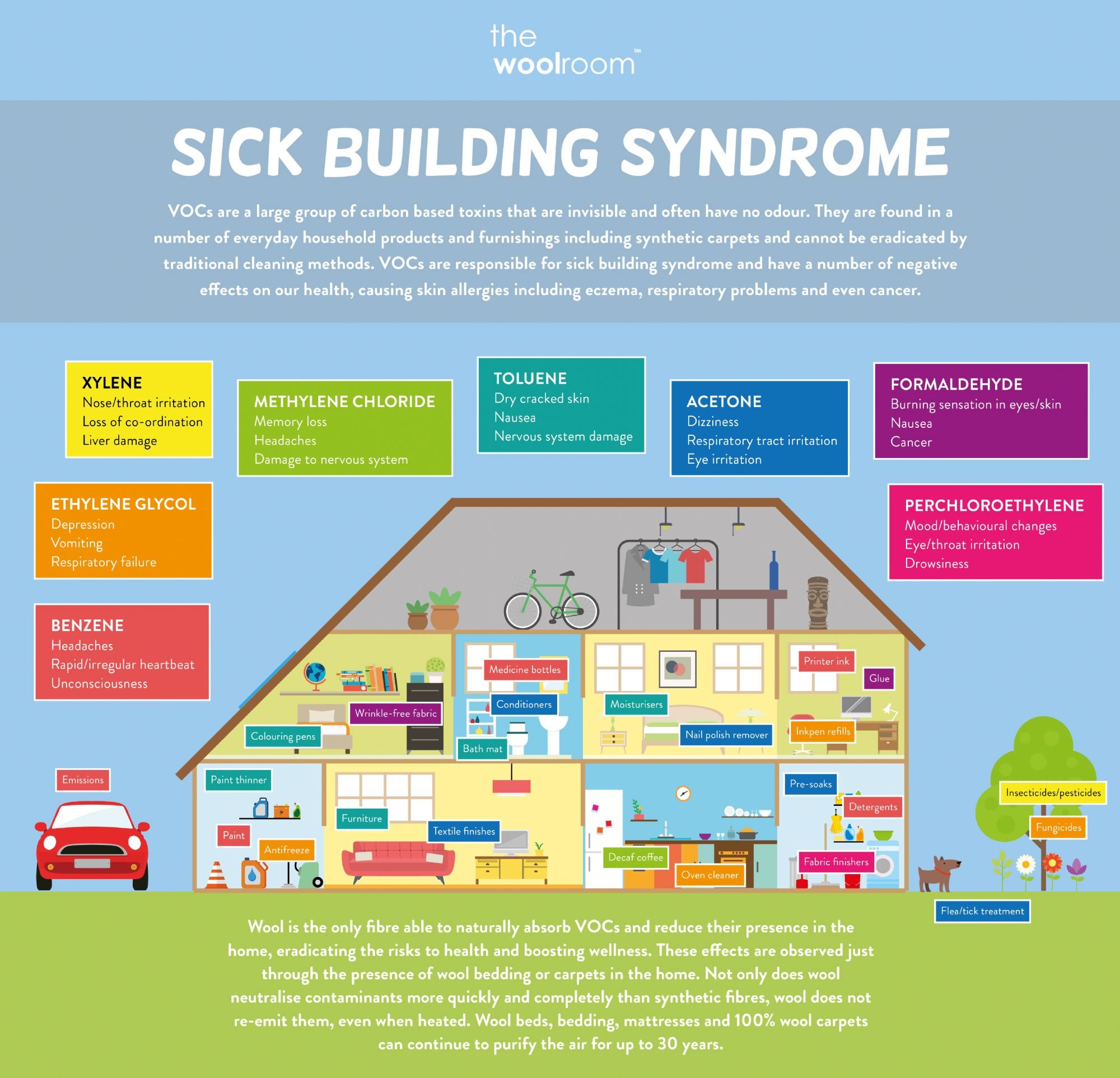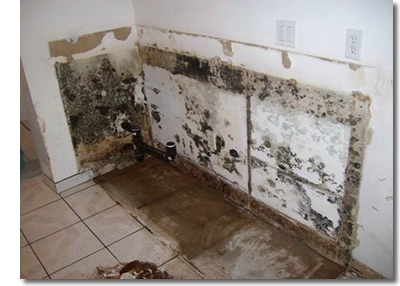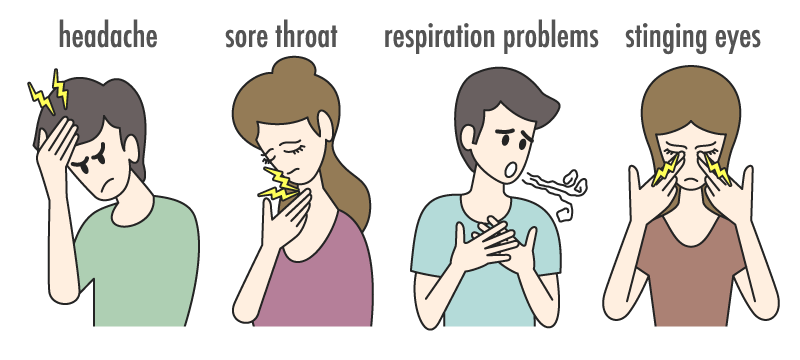

The symptoms can be clinically defined and have clearly identifiable causes.Building occupants complain of symptoms such as cough chest tightness fever, chills and muscle aches.Indicators of Building Related Illness include: Some complainants report relief soon after leaving the building, others continue to have continuing symptoms and illness.Mold-induced respiratory allergies and research on Alternaria both have a lengthy history: the first was described as early as 1698 and the second dates back to 1817. The cause of the symptoms is not known. Alternaria may also be found in damp, insufficiently ventilated houses, where its allergenic properties cocreate the sick building syndrome.
SICK BUILDING SYNDROME MOLD SKIN

The complaints may be localized in a particular room or zone, or may be widespread throughout the building. HVLS fans, mold remediation, and thoughtful selection of materials during renovations can help to clear up or prevent sick building syndrome problems. This last study was done with enough mold exposed individuals to allow for the statistical significance of SC exposure to be evaluated.The term “ sick building syndrome” (SBS) is used to describe situations in which building occupants experience acute health and comfort effects that appear to be linked to time spent in a building, but no specific illness or cause can be identified.

Finally, we were able to demonstrate the presence of MTM in the sera of individuals who had been exposed to SC in indoor environments. Following that study, we next showed that the same phenomenon actually occurred in SC infested buildings where people were complaining of health problems potentially associated with SBS. We then showed, in a laboratory study, that the MTM of SC can become airborne attached to spores or SC particulates smaller than spores.
SICK BUILDING SYNDROME MOLD PC
We next showed that PC when inhaled, can release in vivo, a protease allergen that can cause a significant allergic inflammatory reaction in the lungs of mice. We then showed that SC and Penicillium chrysogenum (PC) colonies remain viable long after a water source has been removed, and the MTM produced by SC remain toxic over extended periods of time. In these studies we showed that the macrocyclic trichothecene mycotoxins (MTM) of Stachybotrys chartarum (SC) are easily dissociated from the surface of the organism as it grows and could therefore be consequently spread in buildings as the fungus experiences additional water events.

Fungal infection is especially a risk factor for immunodeficient patients, but it occurs in immunocompetent patients as well.
SICK BUILDING SYNDROME MOLD PDF
The following is a review of some of the work we have done since 2004 regarding the importance of molds and their mycotoxins in the phenomenon of sick building syndrome (SBS). 01 January 2009 Article history PDF Split View Cite Permissions Share Abstract Moulds are responsible for diseases in humans through the three pathogenetic mechanisms of infection, allergy, and toxicity.


 0 kommentar(er)
0 kommentar(er)
